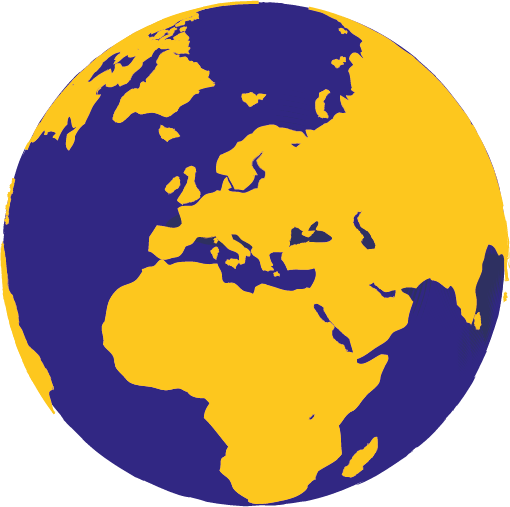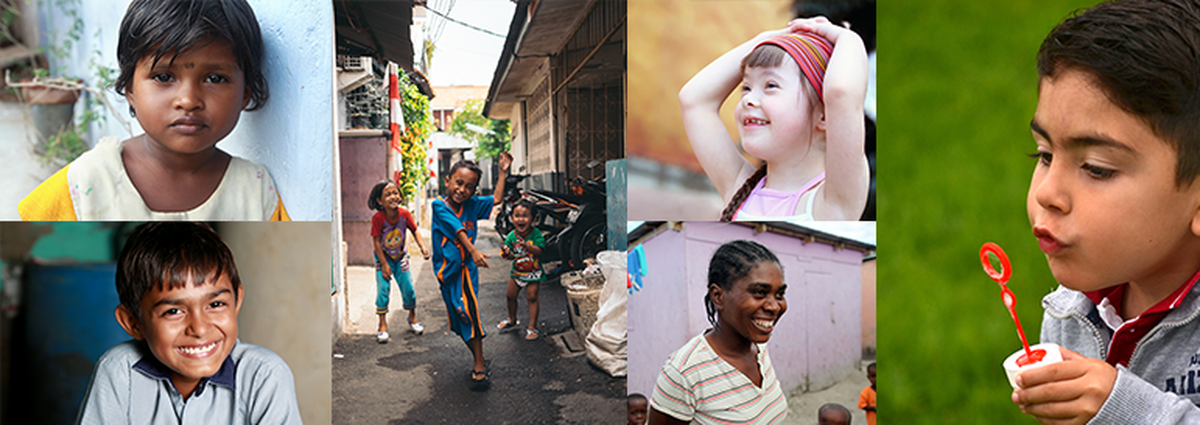The UN’s Sustainable Development Goals (SDGs) promise to ‘leave no-one behind’ but gaps in global data mean some of the most vulnerable of the world’s population – children living outside families and households, in orphanages and institutions – are not counted and will be left behind. Lumos is part of a campaign aiming to persuade the UN to find ways of counting those children so they are included in, and benefit from, the SDGs. Lumos Advocacy and Campaigns Officer, Merel Krediet, explains the human cost for vulnerable children invisible from existing data collection mechanisms.
Lumos’ recent report, Orphanage Entrepreneurs, the Trafficking of Haiti’s Invisible Children, described a harrowing scene in Port-au-Prince, Haiti. Here, 61 vulnerable children were found living in an orphanage without access to drinking water, insufficient food and were being abused by the institution’s director.
Lumos, the international NGO dedicated to ending the institutionalisation of children, was asked by the Haitian Government to intervene and, together, we were able to help the children in the orphanage.
There is a myth that orphanages are full of orphans, though the evidence is clear that 80% of the estimated eight million children living in institutions have one or more living parent. Poor families give their children to orphanages in the false hope of a better life, shelter, food and education. Often, they do not know where their children end up, or are even intimidated or deceived into losing contact with them completely. This is not unique to Haiti. There are similar stories in other parts of the world.
Whilst many orphanages may be established with good intentions, the children that live in them are deprived of a loving and caring parental relationship, harming their development and life chances. It is a tragedy that so many of them are invisible, which increases their risk of abuse, neglect, exploitation or falling victim to traffickers.
The Sustainable Development Goals, adopted by the UN General Assembly in 2015, provide a universal promise to improve the lives of all children across the world. However, the stark reality is that children living outside households, in orphanages and institutions, are likely to miss out because the methods used to measure whether the goals have been reached are not inclusive of these children.
Target 16.2 of the SDGs commits countries to ending violence against children. However, we cannot even begin to consider achieving this target if we cannot identify the children most likely to be experiencing it.
That is just one reason why Lumos – together with 250 civil society organisations and academics from across the world – is pursuing a campaign to ensure those children are identified and counted in the official mechanisms used to monitor the progress of the SDGs.
We are calling on the UN and its Member States to develop methods that can measure the progress of the SDGs for those living outside households and/or without parental care.
National statistics offices are responsible for reporting on individual countries’ development and the wellbeing of their populations, including children. The current methods they use are usually household-based and/or based on census information acquired through administrative data relating to public services. This means that children and adults who live outside of households, and/or do not make use of public services, fall through the cracks. The problem is particularly acute in countries, some devastated by war and disaster, where there is no ‘paper trail’ for children once they enter orphanages. If they are not identified and counted, we cannot direct policy and action to help them.
We are confident that a collaborative approach bringing together UN Member States, donors, technical experts and NGOs will be able to identify a solution that bridges the data gap that is currently failing millions of children. The human cost of the data gap is huge for children outside families. Count them so that they are included, heard and are able to share the benefits of development they so desperately need.



